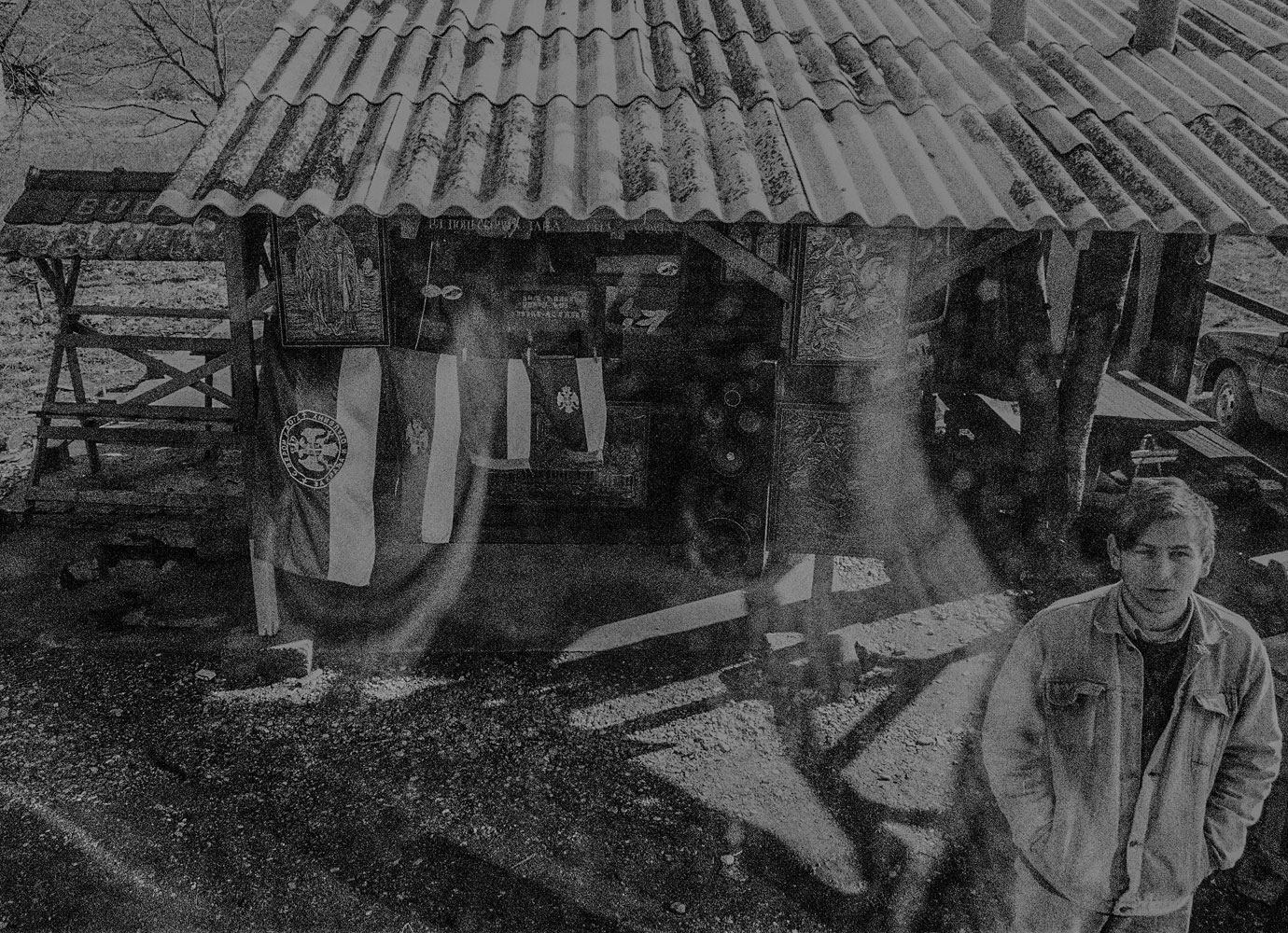A Croatian factory faces the reality of its socialist dream
Three decades after the dismantlement of Yugoslavia, a portrait of Yugoslav leader Tito still hangs on the wall of Croatian factory ITAS. Elsewhere on the notice board, printed A4 paper sheets announce severe salary delays. Passing by, workers comment: “it didn’t used to be like that in Tito’s time.” “But there’s no Tito.”
Located in the northern Croatian town of Ivanec, the ITAS factory produces metal machine parts. It also made national news in 2005, when workers successfully occupied the building to resist a suspect privatisation scheme. The event was hailed as Europe’s only successful worker occupation. As a result, the factory returned to the self-governing model of the Yugoslav era, whereby all employees not only held shares in the company, but factory management was separated from the state, unlike in the Soviet Union.
Director Srđan Kovačević went to visit ITAS on the 10-year anniversary of the occupation. “I expected to find a socialist utopia,” he told me. “Instead, I found a much more complicated situation.” His debut long-form documentary, Factory to the Workers, currently in the film festival circuit, is a complex portrait of a community torn between its ideals and economic realities.
The issues at the heart of ITAS’ trouble are introduced via the film’s protagonist, Dragutin Varga. A senior worker in his 60s, he is committed to the socialist dream of the factory where he has worked his entire life. He first appears on screen chastising a colleague for drinking at work, and thus being late with the parts he’d been requested to make weeks ago. Yet Varga’s struggles for bottom-up efficiency are soon overshadowed by his struggle for better management, a conflict that eventually sees the ousting of executive director Božo Dragoslavić. By the end of the film, Varga himself has become the new head of ITAS. But despite an optimistic start, he is soon confronted with the same shortages — and the same salary delays. The words “where are the salaries” are scribbled across the factory announcement board.
A portrait of Tito hangs on the factory wall in a still from Factory to the Workers (2021), dir: Srđan Kovačević
Shot over five years, from 2015 until the start of the Covid-19 pandemic in 2020, the documentary is mostly observational. Viewers are given comprehensive access to the ITAS’ community of workers: their internal bickering, and the divide between the old guard, for whom old ideals still matter, and the new generation, more concerned with providing for their young families. “I became friends with the workers,” Kovačević explains. “We would go for a drink after work and so on.” This level of intimacy between Kovačević — who mostly shot his film alone — and his subjects gives the film a feeling of rare authenticity.
Yet, constrained by the factory as a setting, the documentary only provides limited information on the root causes of ITAS’s problems. Via passing remarks, we hear about old workers who stole money when they left the factory. In a phone call caught on camera, doomed executive director Božo Dragoslavić appears to sell machine parts at inadequately low prices, but the issue is never further explored. In another scene, Varga says that the municipality wants the factory to fail, but no further details are provided. It is only later that I find out from the director and from old articles that a number of local politicians were involved in the early 00s privatisation schemes. “I wanted to only give [the audience] the information that workers had,” Kovačević says.
A still from Factory to the Workers (2021), dir: Srđan Kovačević
The documentary ends on a pessimistic note: a worker gathers the bottles he finds in the factory, to sell them and top up his delayed salary. “In Croatia, only the poorest get to do this job,” Kovačević explains. But in real life, ITAS’ economic situation has improved: Varga now prides himself on having turned things around and paying salaries on time. “It’s because there’s no one to steal money from the factory now,” Varga tells me. Still, Kovačević is wary. “[The factory] bought their last machinery decades ago. Their workers are leaving for better salaries in other companies. They need young people in management to help the factory stay competitive.”


